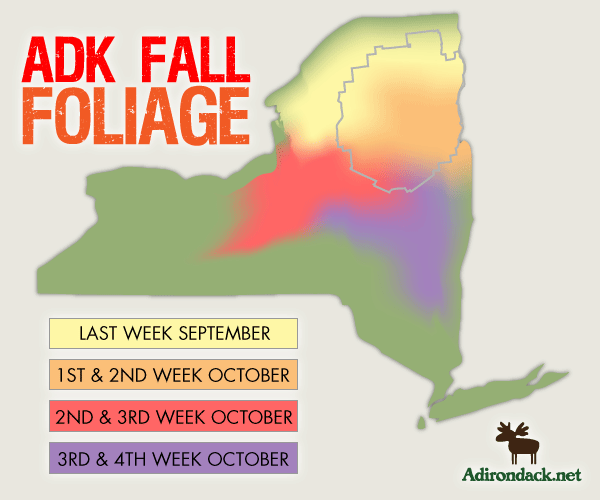When nights get cold but are not yet below freezing, deciduous trees prepare to shed their broad leaves by closing off the circulation paths that exchange water and sugar. In the day, these leaves are still producing lots of sugar in the hot sun, but these sugars build up within the leaf. When leaves turn red or purple, it is because the excess sugar in the leaf produces a red chemical classified as an anthrocyanin (what makes cranberries red). Yellow leaves, on the other hand, turn yellow because the chlorophyll is no longer being produced in the leaf, eliminating the green pigment and allowing the yellow chemicals (carotenoids) that were already present in the leaf to be displayed. Whether a leaf turns red or yellow is mostly dependent on the type of tree: Oaks tend to turn red, birches tend to turn yellow, and maples differ depending on the specific species.
Kianee posted a couple of weeks ago about the idea of fall foliage as "teaching us how to die", an idea inspired by Thoreau. I think that this is a beautiful image, and even more so because fall foliage is not just a spectacular example of death in the natural world, but a way that the death and decay of leaves actually helps that same tree--and all of the organisms surrounding it--revitalize itself in the spring. The variety and complexity of the seasons up here is one of my favorite things about the Adirondacks, and we are right now on the cusp of entering the second one of the semester.
Source:
USDA Forest Service, "Why Leaves Change Color". http://www.na.fs.fed.us/fhp/pubs/leaves/leaves.shtm


No comments:
Post a Comment